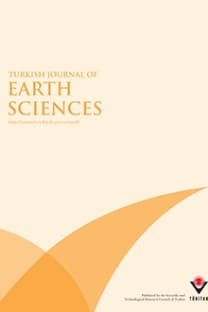Parameter estimations from gravity and magnetic anomalies due to deep-seated faults: differential evolution versus particle swarm optimization
Estimation of causative source parameters is an essential tool in exploration geophysics and is frequently applied using potential field datasets. Naturally inspired metaheuristic optimization algorithms based on some stochastic procedures have attracted more attention during the last decade due to their capability in finding the optimal solution of the model parameters from the parameter space via direct search routines. In this study, the solutions obtained through differential evolution algorithm, a rarely used metaheuristic algorithm in geophysics, and particle swarm optimization, which is one of the most used global optimization algorithms in geophysics, have been compared in terms of robustness, consistency, computational cost, and convergence rate for the first time. Applications have been performed using both synthetic and real gravity and magnetic anomalies due to deep-seated fault structures. Before the parameter estimation studies, resolvability of the fault parameters have been examined by producing cost function/error energy topography maps to understand the suitability of the problem and also the mathematical nature of the inversion procedure. Optimum control parameters of both algorithms have also been determined via some parameter tuning studies performed on synthetic anomalies. Consequently, the tuned parameters clearly improved the effectiveness of both metaheuristics on the solution of the optimization problems under consideration. Moreover, reliabilities of the obtained solutions and also the possible uncertainties have been investigated using probability density function analyses. Real data applications have been performed using a residual gravity anomaly observed over the Graber oil field (Oklahoma, USA) and an airborne total field magnetic anomaly observed over the Perth Basin (Australia). Applications have shown that although both algorithms provided close results in both synthetic and real data experiments, the differential evolution algorithm yielded slightly better solutions in terms of robustness, consistency, computational cost, and convergence rate. Thus, the differential evolution algorithm is worth paying more attention to and is suggested as a powerful alternative to particle swarm optimization for the inversion of potential field anomalies.
